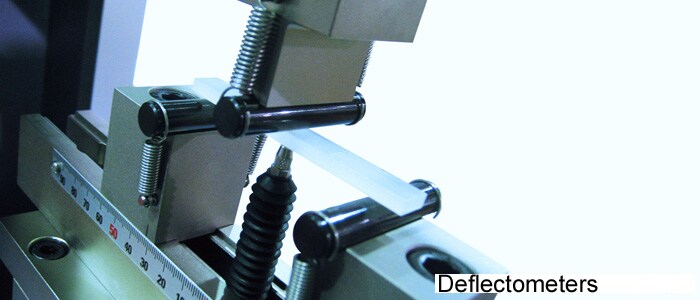Flexural Test Methods for Plastics: ASTM D790
Resin materials (plastics) are found in a wide variety of items used on a daily basis. Recently, plastics have started to be used as structural materials in transportation equipment, such as automobiles and aircraft, due to their strength and light-weight nature. In these applications, it is important to understand the mechanical strength properties of these plastics.
ASTM D790 specifies methods for determining the flexural properties (bending properties) of reinforced and unreinforced plastics and electrical insulation materials.
The standard includes some unique requirements that differ from the equivalent ISO and JIS standards, ISO 178 and JIS K 7171. For more information about ISO 178 and JIS K 7171,please click here.

Features
-
ASTM D790 requires a test force accuracy that meets ASTM E4 Class 1, accuracy within ±1% of the indicated test force, which is equivalent to ISO 7500-1 Class 1 and JIS B 7721 Class 1.
-
During testing, ASTM D790 requires the use of a deflectometer to measure flexural displacements. Shimadzu's ASTM D790 compliant deflectometers are compatible with AG-X plus series, AGS-X series, and EZ-X series test frames. With the addition of Trapezium X testing software, a comprehensive flexural testing package is created.
-
In addition to the specimen deflection during flexural testing, crosshead displacement values can include the penetration of the punch and supports into the specimen and the deflection of the testing machine itself. ASTM D790 specifies deflection during testing to not exceed 1% of the specimen strain.
-
The radius of the punch and support points for the 3-point bend test fixture is specified in ASTM D790.
Different radius values for punches and supports are required for different thickness specimens....






